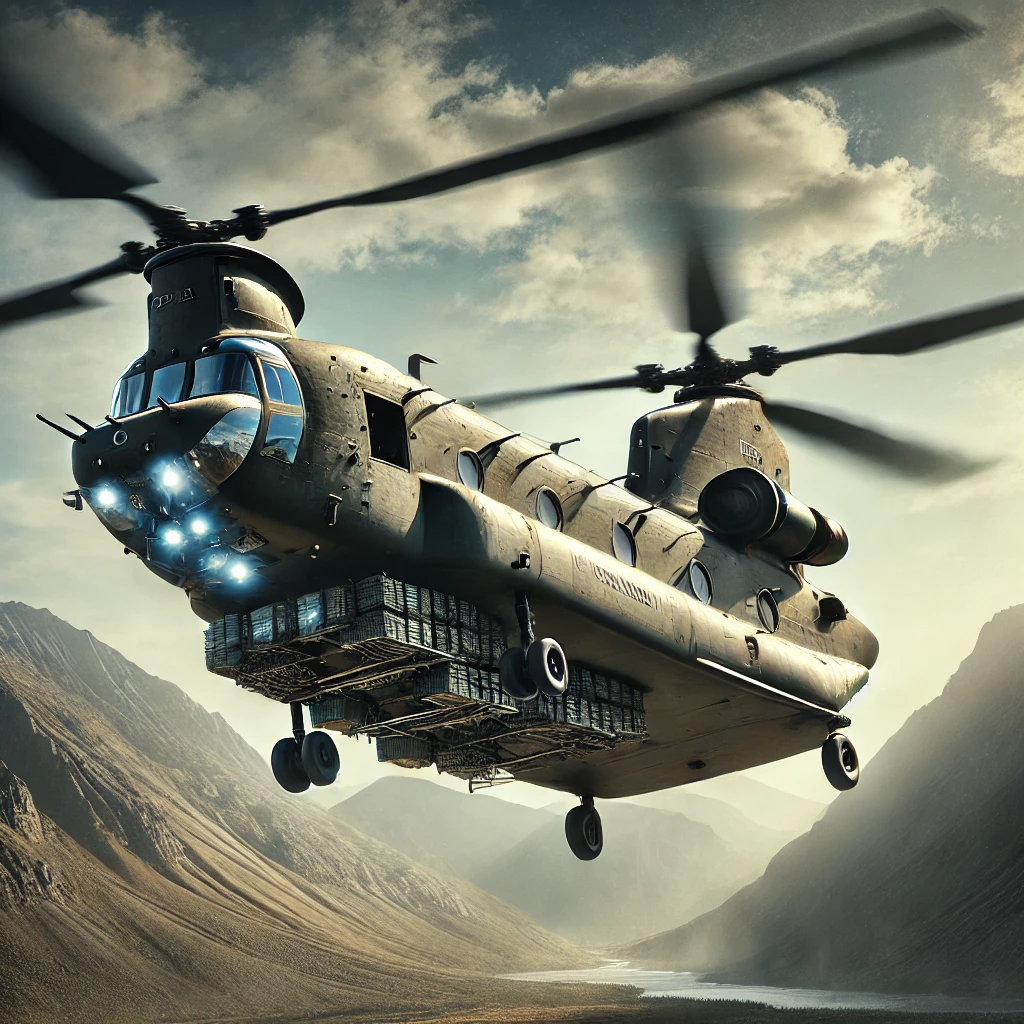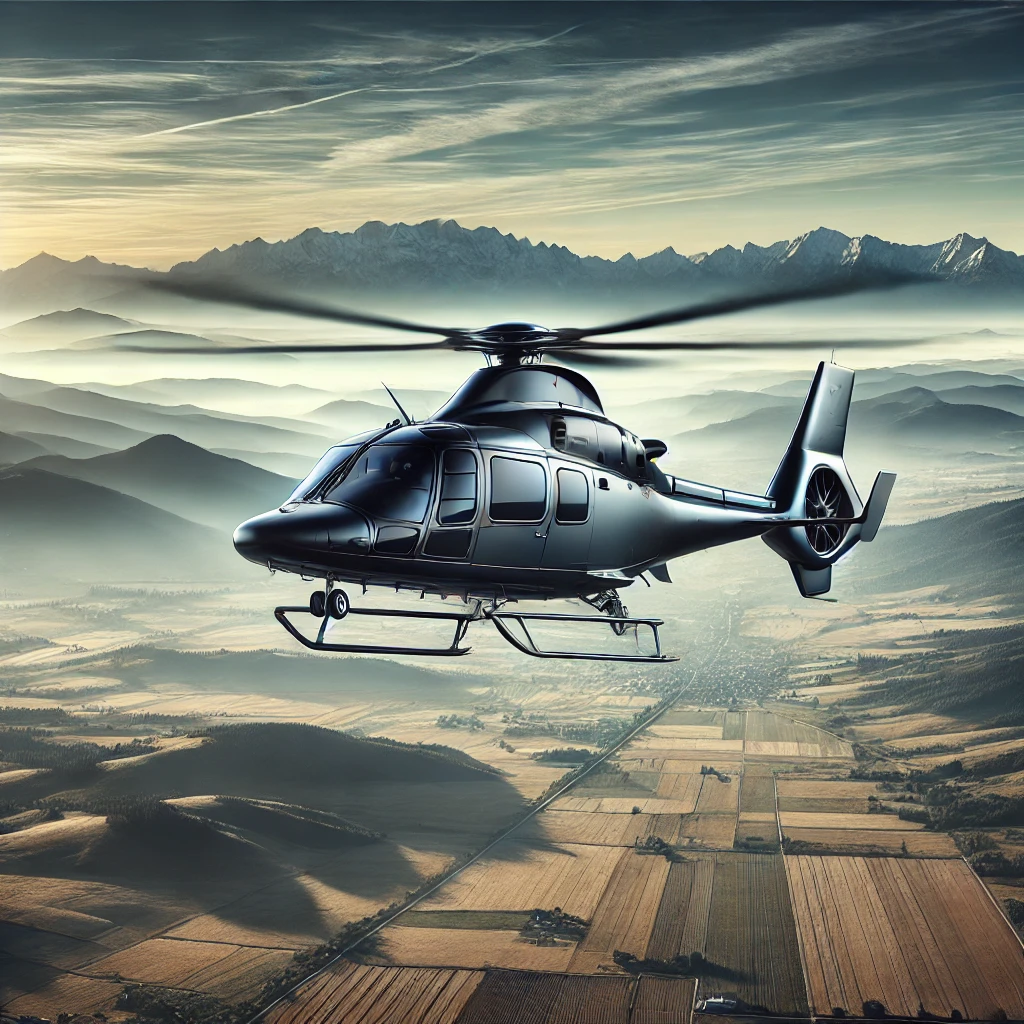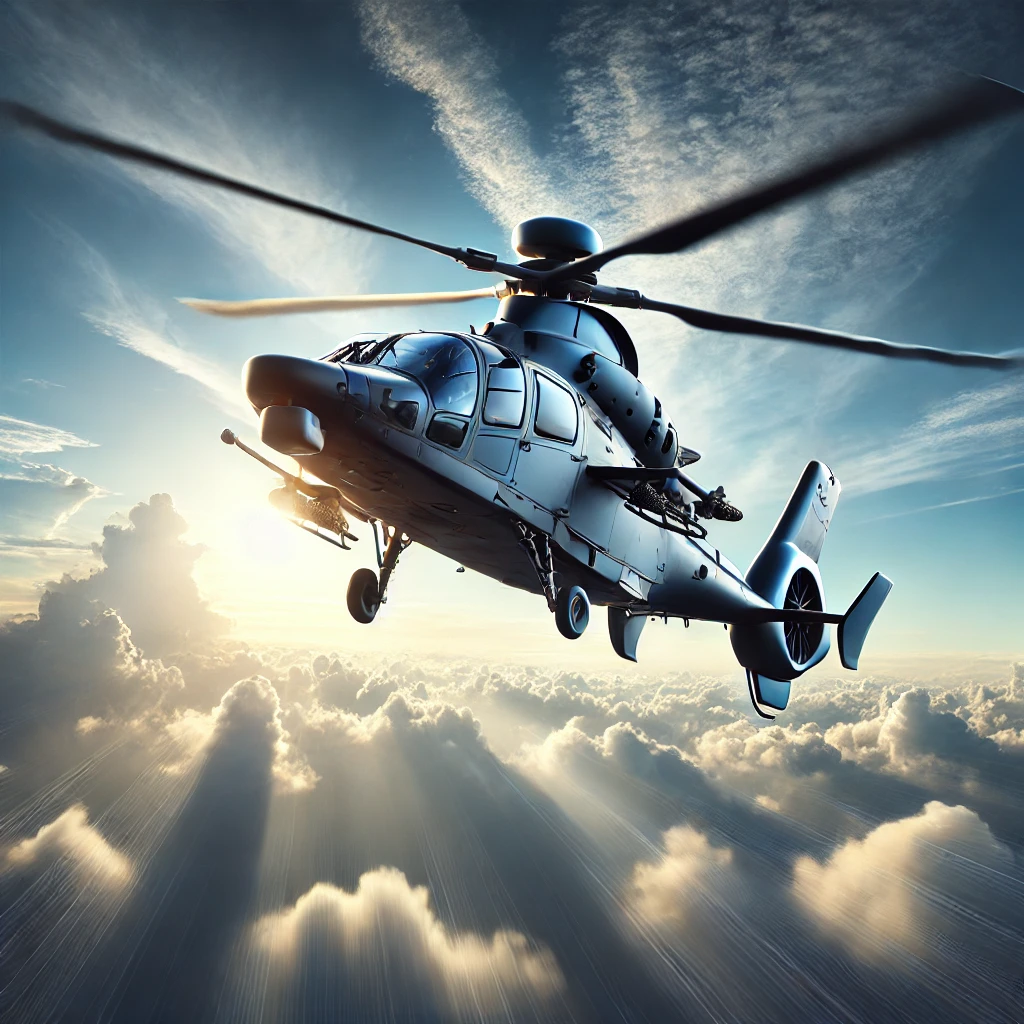Discover how the Chinook helicopter revolutionized military operations with its unmatched lifting capabilities, versatility, and role in key missions. Learn about its history and impact on modern warfare.
The Boeing CH-47 Chinook is one of the most iconic military helicopters in the world, with a rich history of revolutionizing military operations across the globe. Designed to carry heavy loads and perform crucial tasks in a variety of challenging environments, the Chinook has earned a reputation as a workhorse in modern military aviation. This article will explore how the Chinook helicopter transformed military logistics, combat strategies, and humanitarian missions, and why it remains a key asset to this day.
A History of Innovation: The Birth of the Chinook
The Beginning of the CH-47 Chinook:
The CH-47 Chinook’s roots can be traced back to the early 1960s when the U.S. Army sought a helicopter capable of transporting heavy loads in and out of combat zones. The development of the Chinook was a direct response to the need for a versatile and powerful transport helicopter that could handle large equipment, supplies, and troops, especially in difficult terrain such as mountains, jungles, and battlefields. The original Chinook design was developed by the Boeing Vertol division and first flew in 1961.
Why It’s Revolutionary:
The Chinook’s tandem-rotor design, which consists of two large rotors mounted in front and behind the helicopter, was a significant departure from the single-rotor configuration used in most helicopters. This design provides enhanced stability, especially in challenging conditions. Tandem rotors also allow the Chinook to carry larger payloads than traditional helicopters, making it a game-changer for military logistics.
Key Features that Set the Chinook Apart
- Heavy-Lift Capabilities: One of the most revolutionary aspects of the Chinook is its ability to carry massive loads. With a maximum payload capacity of up to 26,000 pounds (11,793 kg), it can transport heavy military equipment such as artillery, vehicles, and even large cargo containers. This heavy-lift capability has been crucial in transporting critical resources to areas that are difficult to access by other means. Whether it’s moving tanks, military trucks, or supplies, the Chinook has proven to be an indispensable asset on the battlefield.
- Tandem Rotor Design: The tandem-rotor system allows for greater lifting power and stability compared to traditional single-rotor helicopters. This unique design reduces the need for a tail rotor, which not only makes the Chinook more efficient but also less prone to rotor failure. The ability to fly with a heavy load while maintaining stability in turbulent conditions is what sets the Chinook apart from other helicopters. This capability is especially useful when carrying heavy equipment through combat zones or in rough terrain.
- Speed and Range: Despite its heavy lifting capacity, the Chinook can travel at speeds of up to 170 knots (196 mph or 315 km/h), making it one of the fastest helicopters of its size. This speed allows it to quickly deploy or extract troops and equipment in critical situations. With a range of approximately 400 miles (640 kilometers), the Chinook can cover long distances without needing to refuel, making it suitable for rapid deployment anywhere in the world.
- Adaptability and Versatility: The Chinook has been continuously adapted to meet the needs of modern warfare. From its first deployment during the Vietnam War to its involvement in operations in Iraq and Afghanistan, the Chinook has been equipped with specialized configurations for troop transport, medevac, search and rescue, and even humanitarian relief missions. Its adaptability allows it to operate in harsh conditions such as extreme temperatures, high altitudes, and dense jungle or desert environments.
Transforming Military Logistics and Combat Operations
Increased Tactical Mobility:
The Chinook’s heavy-lift capabilities have transformed military logistics by providing the ability to move large quantities of supplies and equipment quickly and efficiently. During the Gulf War, Operation Enduring Freedom, and Operation Iraqi Freedom, the Chinook played a critical role in resupplying troops, evacuating casualties, and transporting key military assets to the front lines. Its ability to airlift troops and material directly into battle zones without needing to rely on ground vehicles or vulnerable roads has been a major advantage in tactical operations.
Transporting Troops and Supplies:
The Chinook’s ability to carry large numbers of troops, along with their equipment, has made it essential for rapid deployments and troop rotations. With seating for up to 55 troops or the capacity to transport various types of military vehicles, the Chinook has been used in numerous operations to quickly move forces where they are needed most. This high mobility ensures that combat forces can be where they are most effective, even in areas that would otherwise be inaccessible.
Combat Support and Emergency Resupply:
In combat situations, the Chinook has proven its worth not just for troop transport but also for emergency resupply. During conflicts, units often require critical supplies such as ammunition, food, water, and medical supplies. The Chinook’s ability to deliver these supplies in a timely manner, even under fire, has been crucial in sustaining military operations.
Humanitarian Missions and Disaster Relief
Supporting Humanitarian Aid Efforts:
In addition to its combat role, the Chinook has also been instrumental in humanitarian missions around the world. Its heavy-lift capability allows it to deliver large quantities of relief supplies, including food, water, and medical equipment, to disaster-stricken areas. Whether it’s delivering aid to remote regions following natural disasters, evacuating civilians from conflict zones, or assisting in search-and-rescue operations, the Chinook’s versatility makes it an invaluable asset in both military and civilian operations.
Disaster Response:
During natural disasters such as earthquakes, floods, and hurricanes, the Chinook has been used to quickly transport rescue teams, equipment, and supplies to affected areas. Its ability to operate in difficult conditions, such as mountainous terrain and remote locations, makes it essential for providing rapid relief when it’s needed most. By getting aid to hard-to-reach areas, the Chinook helps save lives and restore essential services in the aftermath of disasters.
Chinook’s Legacy and Modern Innovations
The Chinook’s legacy in military aviation is unquestionable. Over the years, it has undergone numerous upgrades, including enhanced avionics, improved engines, and more advanced rotor systems. The most recent model, the CH-47F, boasts state-of-the-art technology that improves safety, efficiency, and combat effectiveness. The Chinook has continually adapted to meet the evolving needs of military forces, ensuring its place as a cornerstone of military airlift operations.
Looking Toward the Future
As military needs evolve, the Chinook will continue to play a pivotal role in airlift operations. The modernization of the helicopter with new avionics, engines, and safety features ensures that it remains relevant in modern warfare. It will likely continue to be upgraded with cutting-edge technologies, further enhancing its capabilities in both combat and non-combat missions.
Moreover, the Chinook has provided valuable lessons for the development of other heavy-lift helicopters. Its impact on the helicopter industry cannot be overstated, as it has influenced not only military design but also civilian and commercial aviation, especially in terms of load-lifting capacity and structural design. As global military forces move toward even more advanced combat strategies, the Chinook’s ability to adapt and evolve will guarantee its place at the forefront of military aviation for years to come.
The Chinook’s Global Influence
The Chinook has made an international impact, as its influence extends far beyond the U.S. military. Numerous countries have adopted the Chinook for their airlift needs, thanks to its proven effectiveness in combat and peacekeeping operations. These international operators continue to rely on the Chinook for their logistical, search-and-rescue, and transportation missions, solidifying the helicopter’s global legacy.
The Chinook’s success in combat zones like the Middle East, where it has played a crucial role in troop movements, resupply missions, and evacuations, has made it one of the most trusted helicopters worldwide. Its ability to carry heavy payloads and quickly adapt to new operational requirements makes it a sought-after model for militaries around the world.
The Enduring Legacy of the Chinook
In conclusion, the Boeing CH-47 Chinook helicopter has revolutionized military operations with its unmatched ability to carry heavy loads, transport troops, and perform under demanding conditions. Its design has set a standard in military aviation that continues to shape the future of helicopter technology. From its early adoption in Vietnam to its continued relevance in modern-day conflicts, the Chinook has proven to be an irreplaceable asset for military forces around the globe. With its legacy of innovation and continuous development, the Chinook’s future in military aviation is brighter than ever, ensuring its place as a true icon in the world of helicopters.
As we look ahead, the Chinook’s adaptability, versatility, and powerful lifting capabilities will ensure that it remains at the heart of military aviation for years to come. Whether it’s delivering supplies to troops on the frontlines, conducting critical rescue operations, or serving as the backbone of military logistics, the Chinook’s contributions to global defense and humanitarian efforts cannot be overstated. It’s not just a helicopter—it’s a legacy of innovation and an enduring symbol of the power of vertical flight.
Additional Resources



